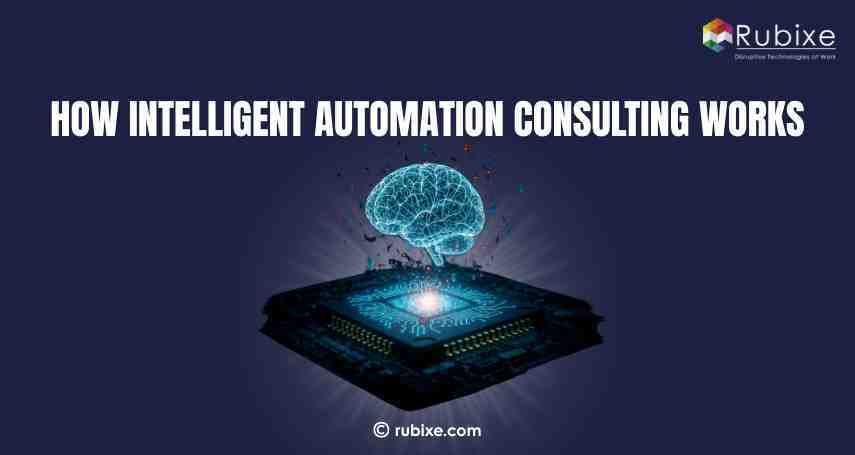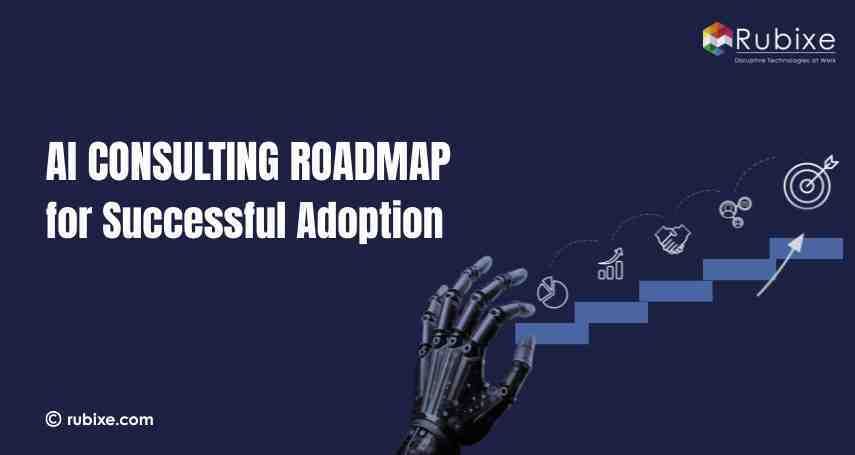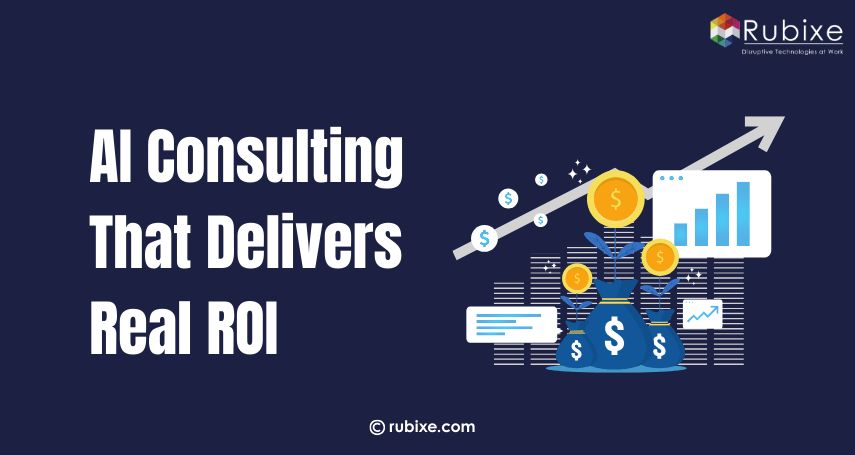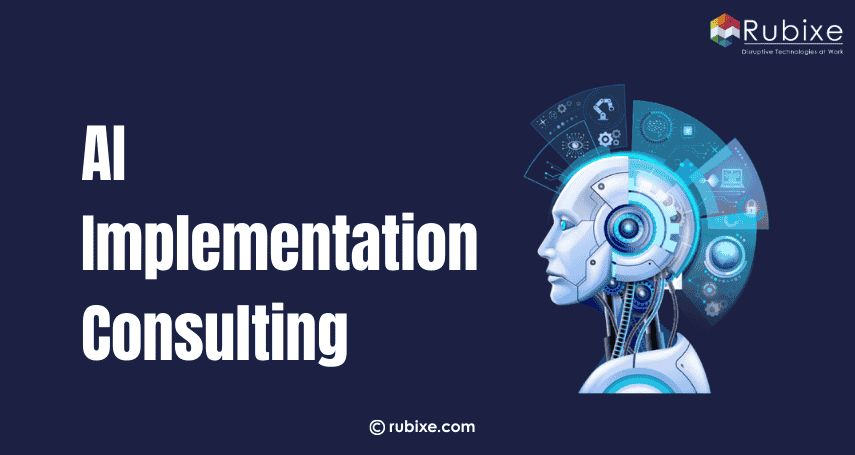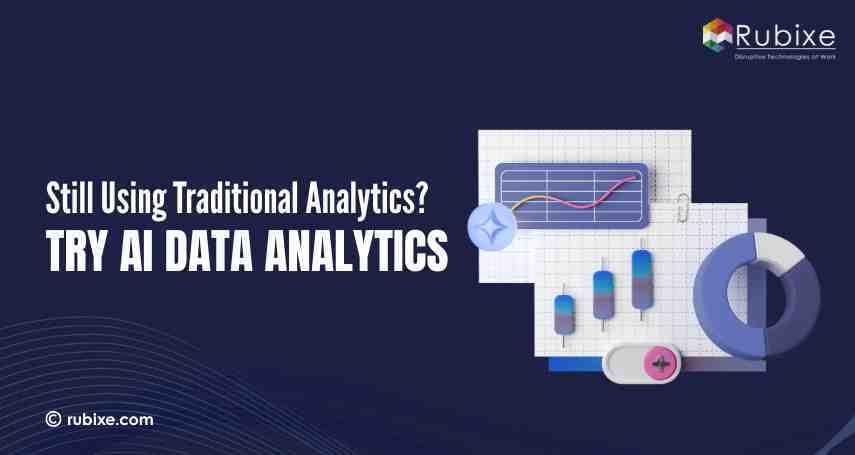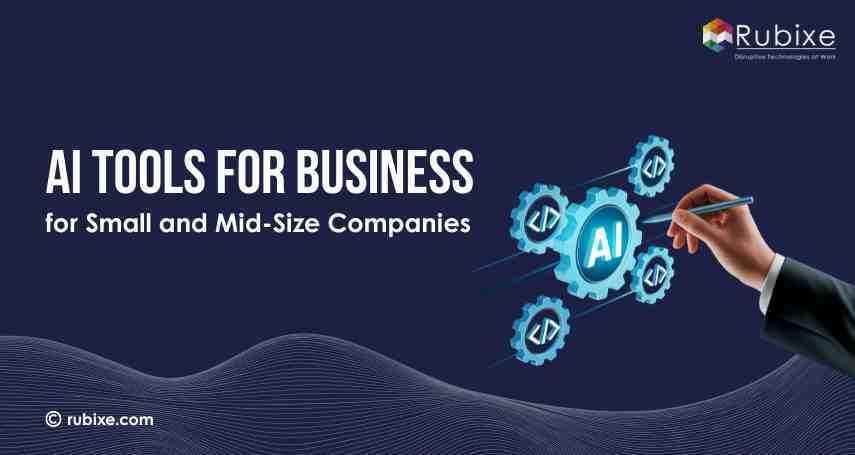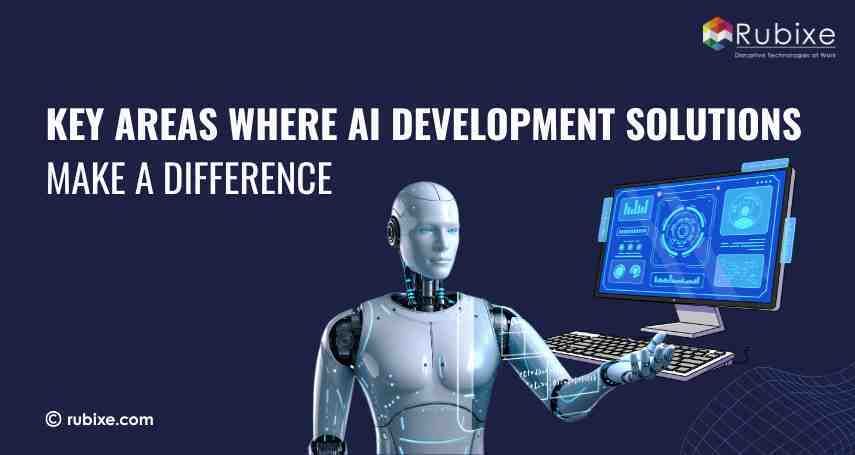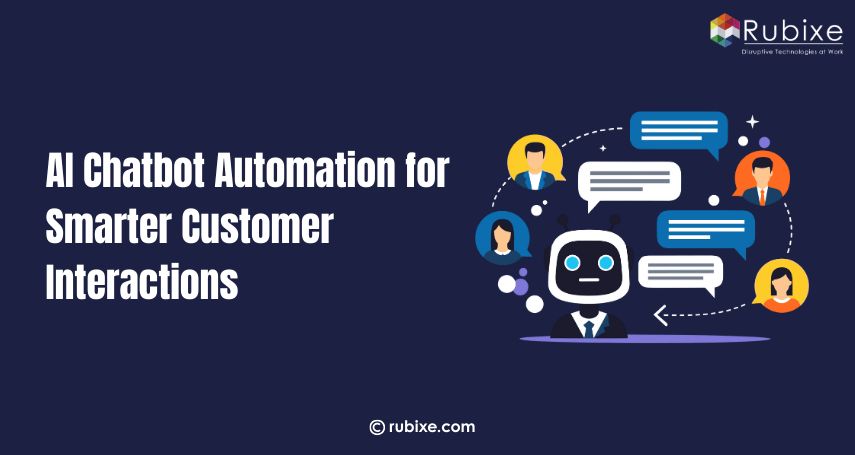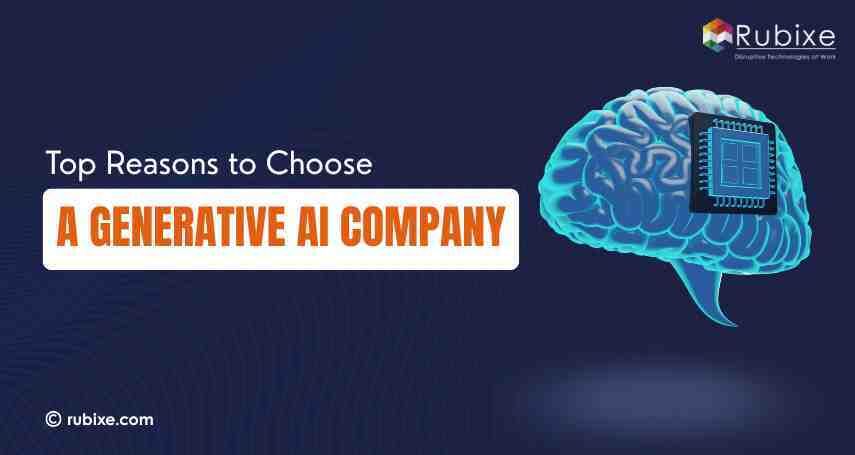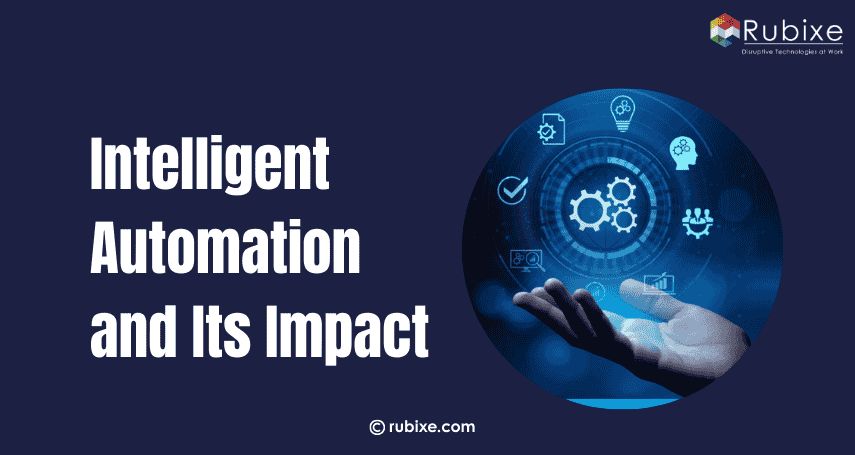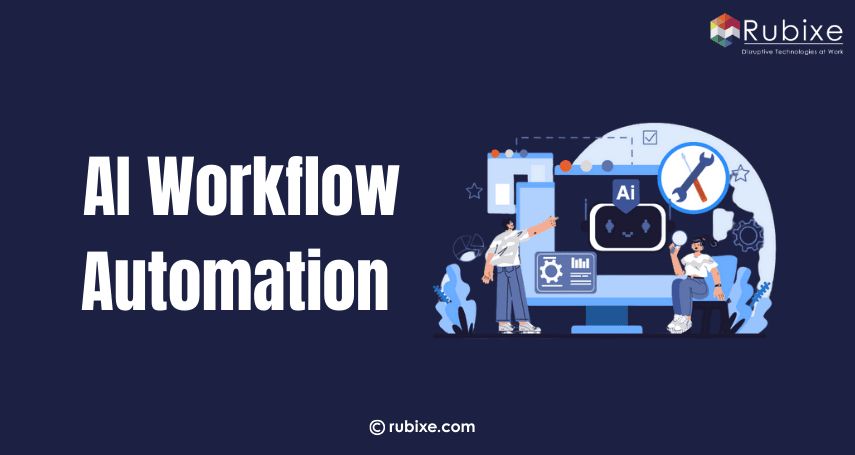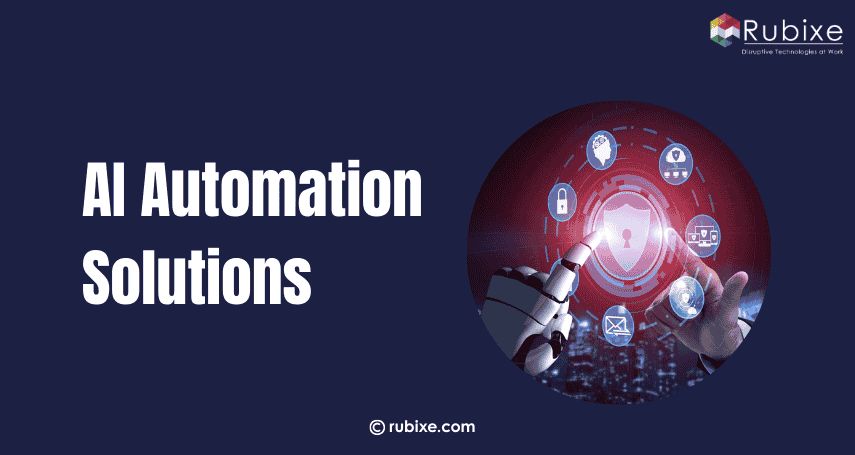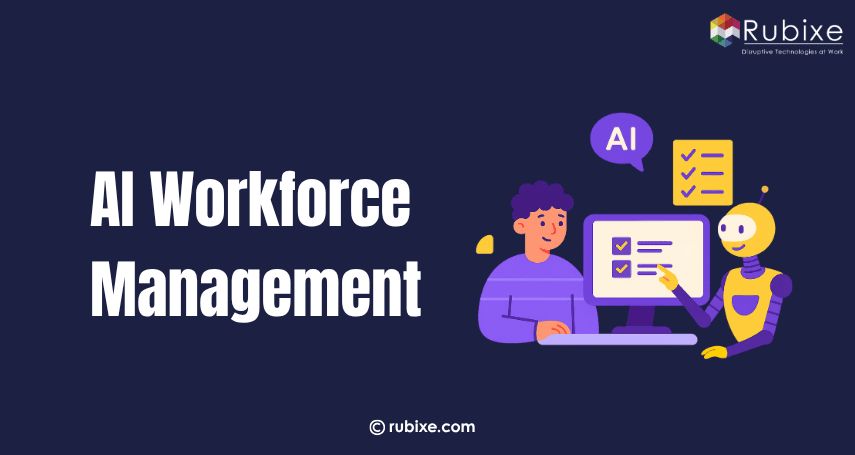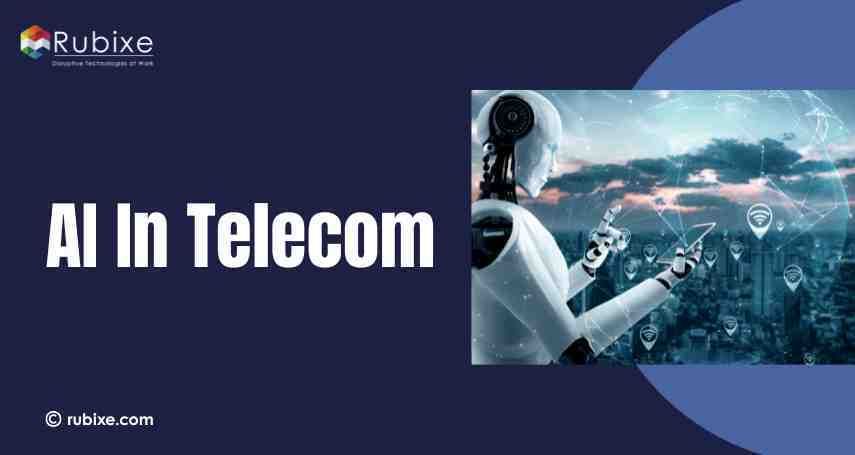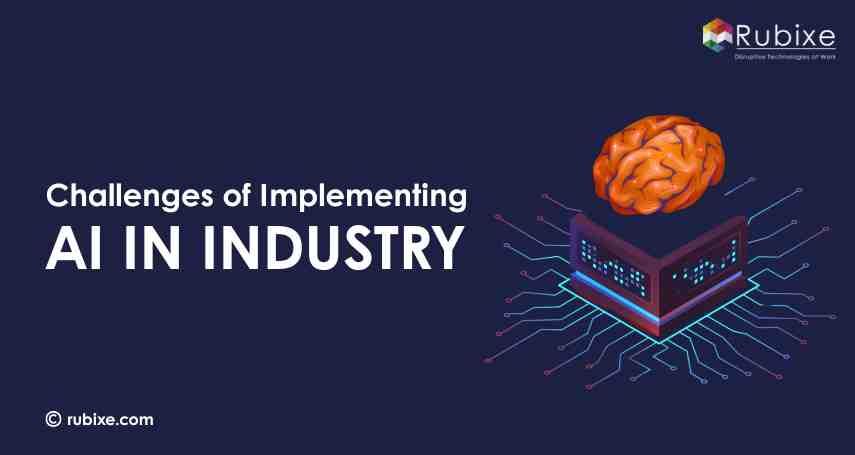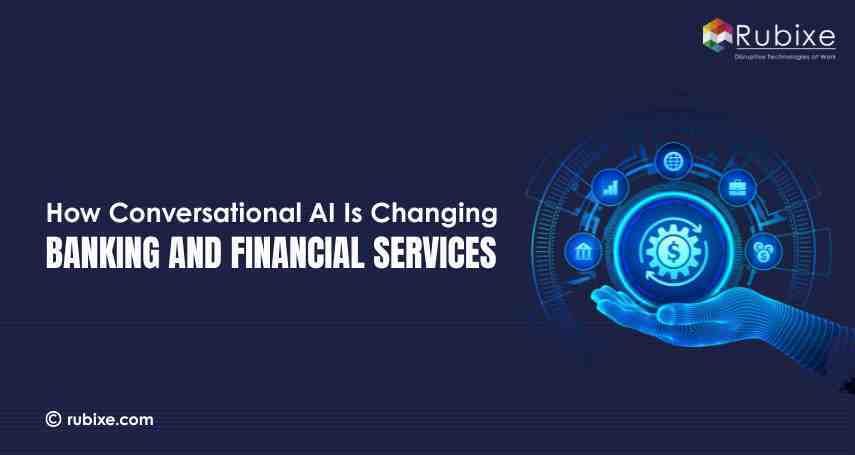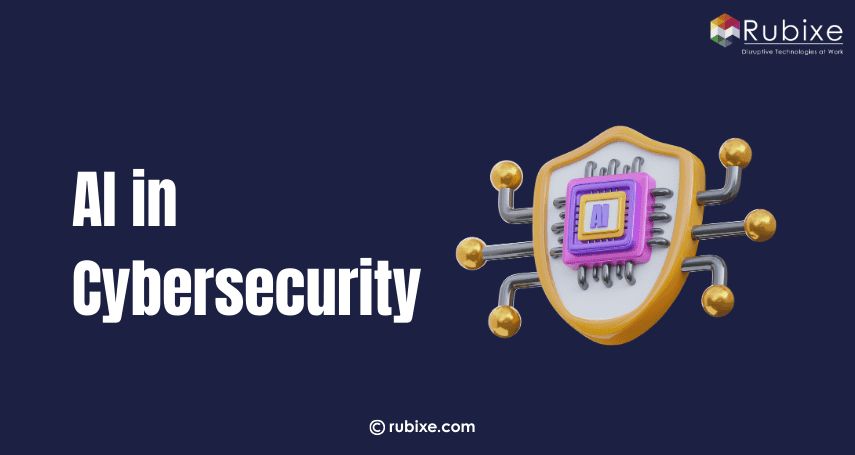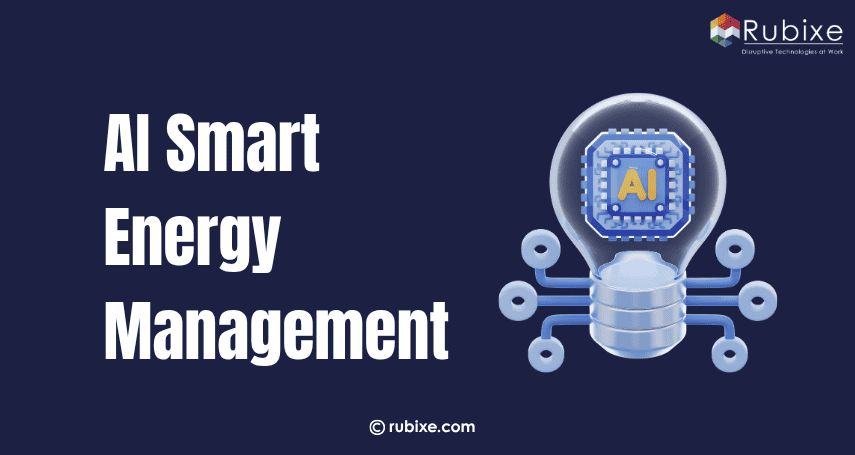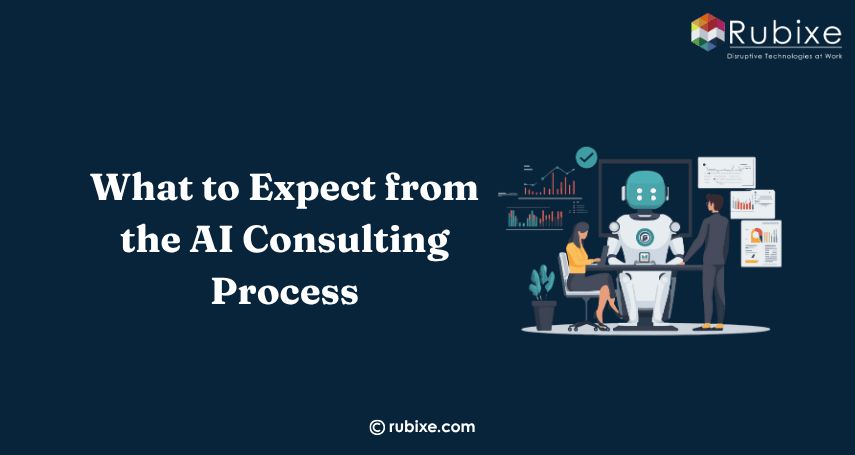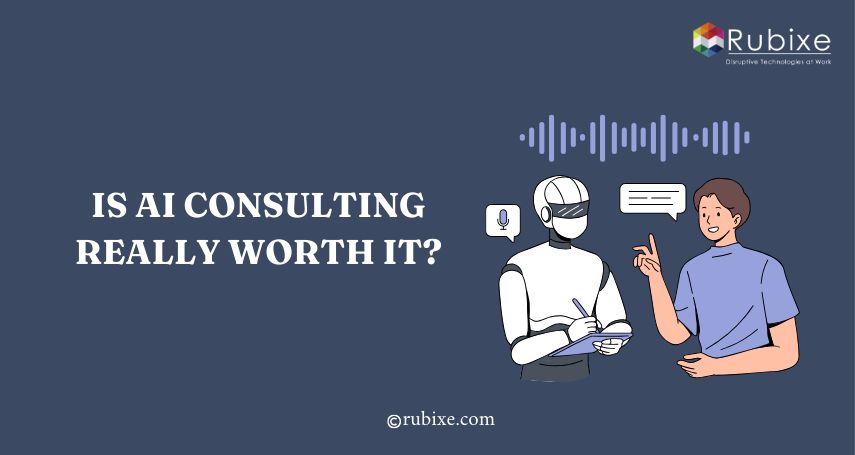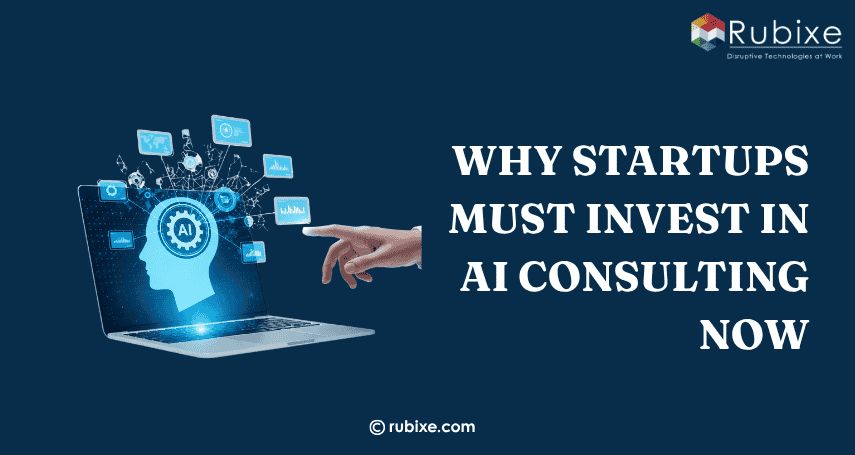How AI Consulting Can Help Your Business Step by Step
AI consulting guides businesses step by step to implement AI, optimize operations, improve decisions, enhance customer experiences, and drive measurable growth.

Businesses everywhere are looking for smarter ways to work and stay ahead. That’s where AI consulting becomes valuable. Whether I’m part of a small team or a larger company, bringing artificial intelligence into our operations isn’t just about keeping up. It’s about making thoughtful, future-ready decisions.
Working with an AI consulting partner gives us direction and clarity. Instead of guessing our way through new tech, we get a clear plan that fits our goals and helps us apply AI where it delivers the most value.
Step 1: Understanding Your Business and Its Needs
The first and most critical step in any AI consulting engagement is gaining a clear understanding of your business. Without this foundation, even the most advanced AI tools can miss the mark. Consultants work closely with your team to learn how your operations function, where inefficiencies exist, and what outcomes matter most to you.
Key areas to focus on:
-
Business goals: Are you looking to improve decision-making, reduce manual workloads, drive sales, or optimize customer service?
-
Pain points: What tasks slow down your team? Are there recurring bottlenecks or human errors?
-
Data availability: What data do you currently collect? Is it clean, organized, and actionable?
-
Current processes and tools: What systems or platforms are already being used, and how do they integrate?
-
Team capacity: Do you have the internal expertise to support new AI tools, or will training be required?
Step 2: Conducting an AI Readiness Assessment
After understanding your business goals, the next step is determining whether your business is technically and organizationally ready for AI. This phase is critical for identifying gaps and preparing the groundwork for successful AI integration.
AI consulting at this stage typically includes:
-
Auditing your data: Is it clean, accessible, and structured enough to support AI applications?
-
Reviewing existing systems: Are your current platforms and tools compatible with AI integration, or will upgrades be necessary?
-
Evaluating team skills: Does your team have the technical expertise to work with AI tools, or will additional support and training be required?
-
Assessing infrastructure readiness: Do you have the necessary IT systems, cloud resources, and computing power?
-
Checking for security and compliance alignment: Are your data practices aligned with industry standards and regulations?
-
Gauging leadership and cultural readiness: Is there buy-in from key stakeholders, and is the organization open to adopting AI-driven change?
Step 3: Defining Use Cases with Real Business Impact
One of the most valuable parts of AI consulting is identifying specific problems where AI can deliver measurable results. This step focuses on choosing use cases that align with your business goals and offer tangible outcomes.
Consulting teams help you uncover opportunities such as:
-
Automating repetitive tasks in operations, finance, or HR
-
Improving customer support using chatbots or AI-driven helpdesk tools
-
Predicting sales trends or customer behavior using historical data
-
Enhancing cybersecurity with anomaly detection and intelligent alerts
-
Optimizing supply chains through demand forecasting and inventory management
Step 4: Choosing the Right AI Tools and Technologies
After identifying your key use cases, it's time to select the tools and technologies that will bring your AI solutions to life. This step involves careful evaluation to ensure the chosen systems are compatible with your existing setup and scalable for future needs. AI consultants guide you in making smart, cost-effective technology choices.
Key areas of focus include
-
Selecting cloud platforms that support AI workloads, such as AWS, Microsoft Azure, or Google Cloud
-
Recommending AI development frameworks like TensorFlow, PyTorch, or scikit-learn based on project needs
-
Choosing data processing tools that allow for efficient cleaning, integration, and real-time analysis
-
Identifying automation platforms such as UiPath or Zapier for streamlining workflows
-
Ensuring compatibility with your current infrastructure to avoid delays or added complexity
Step 5: Developing and Testing the Solution
Once the right tools and use cases are identified, the next step is to build, test, and refine the AI solution. This phase ensures that the system works as intended and delivers measurable results without disrupting business operations.
Artificial intelligence consulting during this stage typically involves:
-
Prototyping the solution: Developing a minimum viable product (MVP) or pilot version to validate the concept.
-
Data integration: Connecting the AI model with your internal systems and feeding it with relevant, quality data.
-
Model training and optimization: Fine-tuning algorithms using real-world data to ensure accuracy and relevance.
-
Testing for performance: Running tests to check speed, efficiency, and alignment with business objectives.
-
User feedback and iteration: Involving end users early to identify usability issues and make improvements.
-
Ensuring security and compliance: Verifying that the solution meets all data protection and regulatory standards.
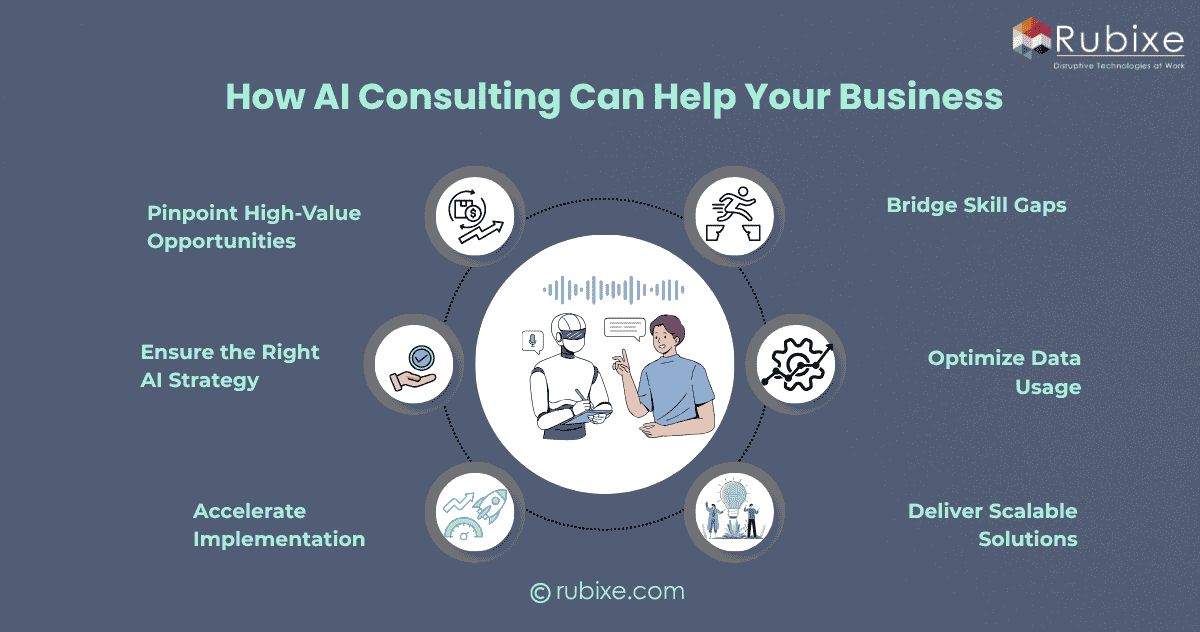
Step 6: Building a Prototype or Pilot
Once the AI strategy is defined and the right tools selected, the next step is to develop a working model. Building a prototype or pilot allows businesses to test AI services in a low-risk, controlled setting before full-scale implementation.
AI consulting during this phase typically involves:
-
Developing a minimum viable product (MVP): A simplified version of the AI service that demonstrates its key functionality.
-
Testing with real business data: Validating how the AI service performs using your actual datasets.
-
Collecting user feedback: Involving team members and stakeholders to test usability and relevance.
-
Measuring pilot outcomes: Evaluating the effectiveness of the AI service against business goals like efficiency or cost reduction.
-
Refining the solution: Making data-driven improvements based on testing and feedback.
-
Assessing scalability: Determining if the AI service can be rolled out across teams or departments without disruption.
Step 7: Implementation and Integration
After a successful pilot, the next step is scaling the solution across your organization. At this stage, AI services are embedded into daily operations, ensuring they work smoothly within your existing ecosystem. AI consulting teams guide both the technical deployment and organizational adaptation.
AI consulting at this stage typically includes:
-
Software integration: Connecting AI services with current systems like CRMs, ERPs, or data warehouses.
-
Workflow redesign: Updating business processes to align with new AI-driven efficiencies.
-
User training: Educating staff on how to use the AI tools effectively in their roles.
-
Change management: Ensuring smooth transition and team buy-in through structured communication and support.
Step 8: Monitoring and Optimization
After implementation, the focus shifts to tracking performance and continuously improving the AI services in place. This ensures that the solutions remain aligned with business goals and continue delivering value over time.
AI consulting at this stage typically includes:
-
Performance tracking: Measuring key metrics to evaluate the impact of AI services.
-
Model tuning: Updating algorithms to adapt to new data patterns and business needs.
-
User feedback collection: Gathering insights from staff or customers to refine functionality.
-
Planning: Adjusting infrastructure and processes as AI usage grows.
-
Ongoing support: Providing technical assistance, updates, and enhancements as needed.
Step 9: Scaling Across the Business
Once success is achieved in one area, the next move is to expand AI adoption across other parts of the organization. AI consulting firms play a crucial role in guiding this growth while maintaining consistency and quality.
AI services at this stage typically include:
-
Identifying scalable use cases: Finding departments like marketing, finance, or logistics that can benefit from similar solutions.
-
Standardizing best practices: Applying what worked well in the pilot to new areas.
-
Ensuring system compatibility: Making sure new implementations integrate smoothly with existing tools.
-
Change management support: Preparing teams for adoption across different business units.
-
Resource planning: Aligning budget, tools, and staff for broader deployment.
How AI Services Fit into Daily Business Operations
Once implemented, AI services become part of your business routine, quietly improving efficiency behind the scenes. These tools support daily decision-making, automate repetitive work, and keep operations running smoothly with minimal oversight.
Examples of routine AI services in action:
-
Customer support automation: AI chatbots handle FAQs and basic inquiries around the clock.
-
Sales forecasting: AI models analyze trends to help plan inventory or promotions.
-
Task automation: Tools like RPA (Robotic Process Automation) take care of data entry and report generation.
-
Personalized recommendations: AI engines improve customer experiences on websites or apps.
-
Fraud alerts: AI monitors transactions daily for signs of risk or anomalies.
AI consulting turns artificial intelligence into a practical business advantage. With expert guidance and tailored AI services, companies can automate tasks, optimize operations, and make smarter decisions—step by step. It ensures every solution aligns with your goals, helping you innovate efficiently, avoid missteps, and stay competitive in a fast-changing market.
